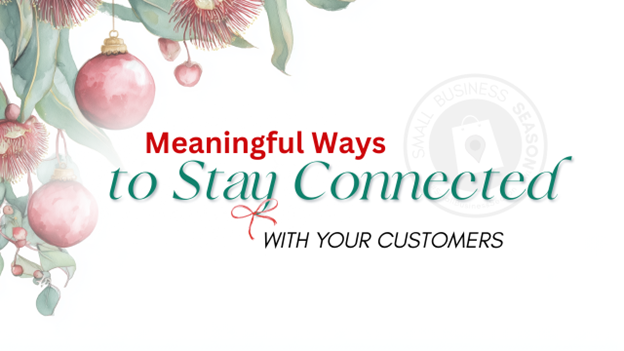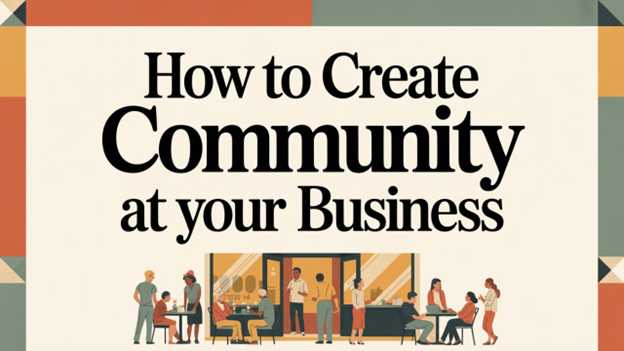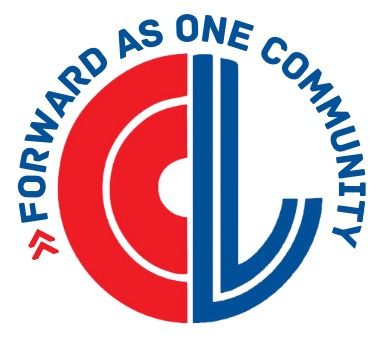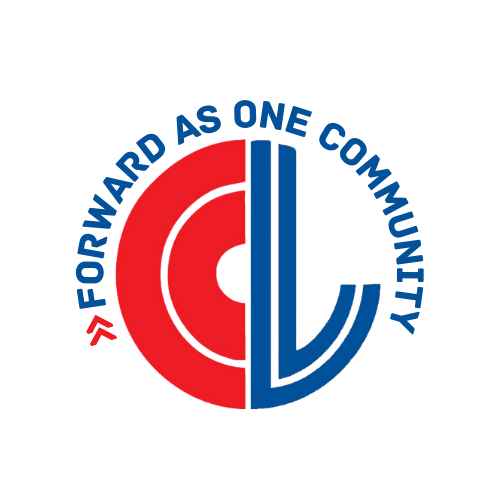Maximizing Efficiency: Tools and Techniques to Boost Team Productivity
- Communicate clearly: Use tools like Trello or Asana + daily stand-ups for seamless alignment.
- Automate tasks: Save hours with Zapier and other workflow tools.
- Prioritize smartly: Eisenhower Matrix + time-blocking = focus where it matters.
- Support well-being: Encourage breaks for greater productivity, focus, and creativity
727 ~ 4 min. read
In today’s competitive business environment, efficiency is essential. For small teams, productivity gains often come from working smarter, not harder. This guide provides practical strategies to streamline workflows, prioritize tasks, and maintain a motivated workforce.
Clear Communication & Goal Alignment
Effective communication is the cornerstone of productivity. Project management tools like Asana, Trello, and Monday help align team efforts and ensure that everyone is informed and engaged. Pair these platforms with daily stand-ups to set clear objectives, address potential hurdles, and celebrate progress.
Project management tools are invaluable to teams because they centralize workflows, providing a clear and accessible platform for task assignment, progress tracking, and resource management. By offering real-time updates and visualizations like project boards or progress charts, these systems help teams stay organized and ensure accountability. These platforms also reduce the risk of miscommunication by consolidating all project details in one place, allowing team members to easily collaborate and stay informed.
Automate Repetitive Tasks
Automation reduces the burden of repetitive, time-consuming tasks. Tools such as Zapier or Make can integrate your existing systems, automating everything from lead management to social media scheduling. This allows your team to focus on more strategic, high-value work.
By streamlining workflows, automation not only saves time but also minimizes human error, ensuring consistent and accurate results. For small businesses, this can mean faster response times, improved customer satisfaction, and better resource allocation. Tools like these enable teams to operate more efficiently, often achieving outcomes that would be difficult to replicate manually. Automation can also scale with your business, adapting to growing demands without requiring a proportional increase in staffing or resources. This creates a competitive edge, allowing small businesses to achieve big results with limited resources.
Leverage Cloud-Based Collaboration
For remote or hybrid teams, cloud solutions like Google Workspace, Slack, and Microsoft Teams make real-time collaboration seamless. These tools not only enhance productivity but also foster a sense of connection and cohesion, regardless of physical location.
Cloud-based systems also provide the flexibility and accessibility hybrid teams need to thrive. With data and tools available from anywhere, employees can transition smoothly between home and office work environments. Additionally, these platforms offer robust security features and automatic updates, ensuring that teams stay connected, productive, and protected without the need for extensive IT infrastructure.
Time Management Techniques
Prioritizing effectively can transform how a team operates. The Eisenhower Matrix helps categorize tasks by urgency and importance, while time-blocking ensures focused work periods. Both methods reduce inefficiency and help team members maximize their time.
The Eisenhower Matrix divides tasks into four quadrants—urgent and important, important but not urgent, urgent but not important, and neither—to help teams focus on what truly matters. Paired with time blocking, where specific periods are reserved for dedicated tasks, these techniques create a structured approach to work. This combination reduces distractions, prevents procrastination, and ensures that high-priority activities receive the attention they deserve.
Minimize Workplace Distractions
Workplace distractions are one of the most common productivity challenges. Encourage your team to disable unnecessary notifications and create dedicated “focus zones.” Breaks should also be part of your strategy—short, intentional pauses can significantly boost creativity and prevent burnout.
Science shows that regular breaks improve productivity by allowing the brain to reset and recharge. Techniques like the Pomodoro Method, which alternates focused work with short breaks, take advantage of this principle. Research also suggests that stepping away from a task can spark creative problem-solving, as the brain continues to process information subconsciously. Incorporating intentional pauses helps teams maintain energy and sustain high performance throughout the day.
Affordable Tools for Small Businesses
Maximizing productivity doesn’t have to be costly. Many tools, including Trello, Slack, and Zapier, offer free or affordable plans for small teams. Start small, experiment with these tools, and scale as your business grows.
By adopting these strategies, small businesses can create a streamlined, focused, and engaged team environment. Ultimately, efficiency isn’t about doing more—it’s about empowering your team to focus on what truly matters.
For additional insights, explore these resources:
---
The Leavenworth-Lansing Area Chamber of Commerce is a private non-profit organization that aims to support the growth and development of local businesses and our regional economy. We strive to create content that not only educates but also fosters a sense of connection and collaboration among our readers. Join us as we explore topics such as economic development, networking opportunities, upcoming events, and success stories from our vibrant community. Our resources provide insights, advice, and news that are relevant to business owners, entrepreneurs, and community members alike. The Chamber has been granted license to publish this content provided by Chamber Today, a service of ChamberThink Strategies LLC.




